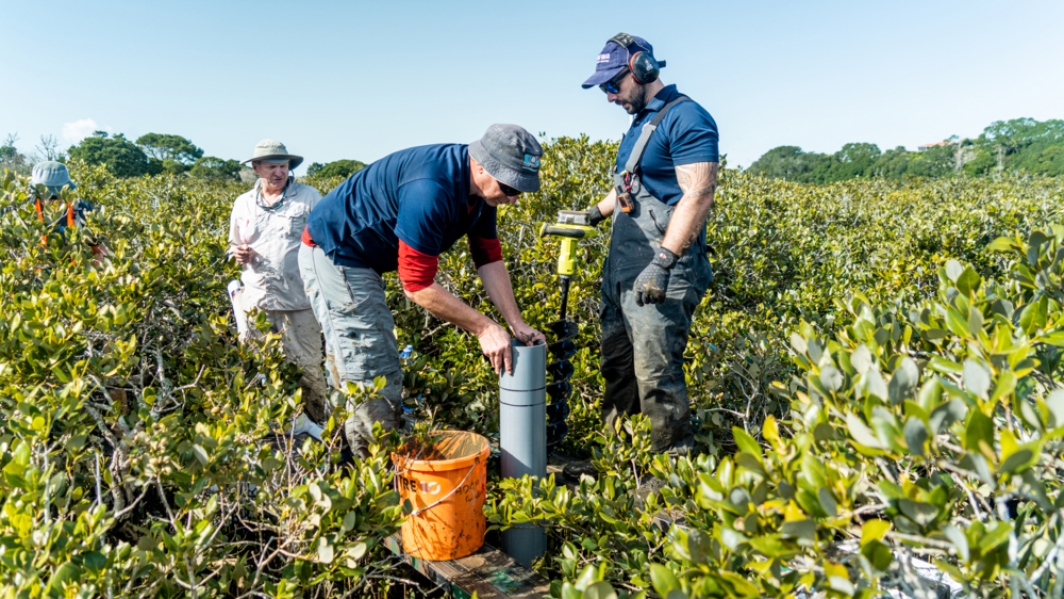-
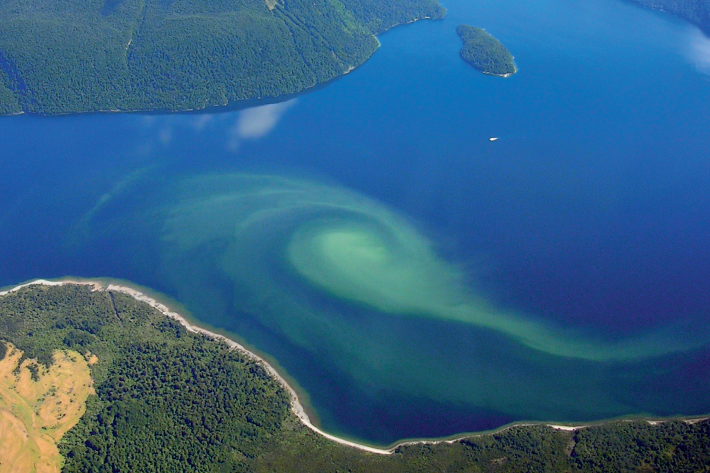
Coastal and oceanic dispersal modelling
Research ProjectUnderstanding how material released into the ocean spreads is very important in the case of oil spills, sediment transport and the release of invasive species. -
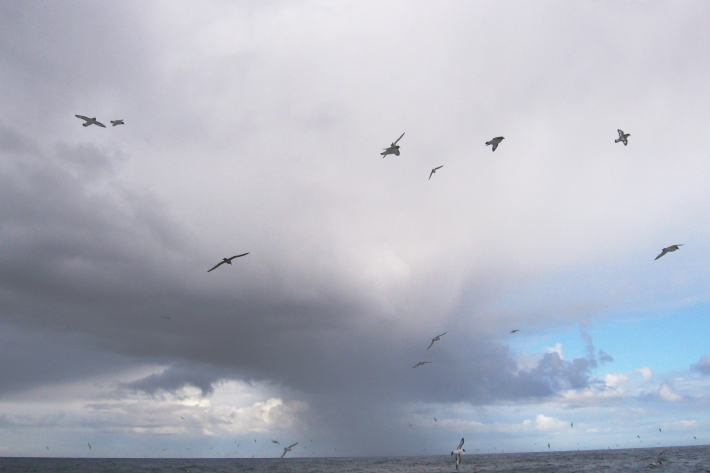
Marine food webs
Research ProjectWe need information on the food web structures of our marine ecosystems in order to manage the effects on the ecosystem of fishing, aquaculture and mining, as well as understanding the potential impacts of climate variability and change on our oceans. -

Restoring shellfish habitats in estuaries
Research ProjectChanges to the local environment and over harvesting have damaged shellfish populations in many estuaries. These projects examine the most effective way to restore these habitats and allow healthy populations of shellfish to return. -
Restoration of seagrass beds in Whangarei Harbour
Research ProjectSeagrass beds form an important undersea habitat for small fish, seahorses and shellfish in New Zealand. -
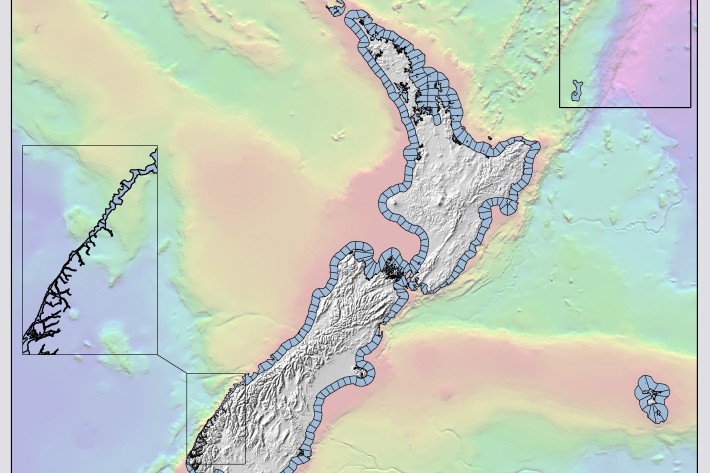
Valuing New Zealand's marine environment
Research ProjectThis unique project is the first systematic attempt to quantify and map environmental values of New Zealand's coastal marine ecosystem. -

Predicting long-term sedimentation and heavy metal accumulation in estuaries
Research ProjectNIWA has developed an Urban Stormwater Contaminant (USC) model to enable urban planners to predict sedimentation and heavy metal accumulation in estuaries and identify problem areas in order to target mitigation measures. -

Contamination early-warning system for commercial shellfish harvest
Research ProjectContamination of shellfish by faecal microbes is a health hazard to the consumer and so is of particular concern to the commercial producer. -
Predicting long-term contaminant accumulation in the central Waitemata and southeastern Manukau Harbours
Research ProjectThis project was undertaken for Auckland Regional Council to identify significant sources of contaminants in the central Waitemata and southeastern Manukau Harbours. -

Tidal energy optimisation
Research ProjectUnderstanding the complexity of tidal resources in New Zealand’s coastal waters and examining how extracting tidal energy would influence and be influenced by this variability. -
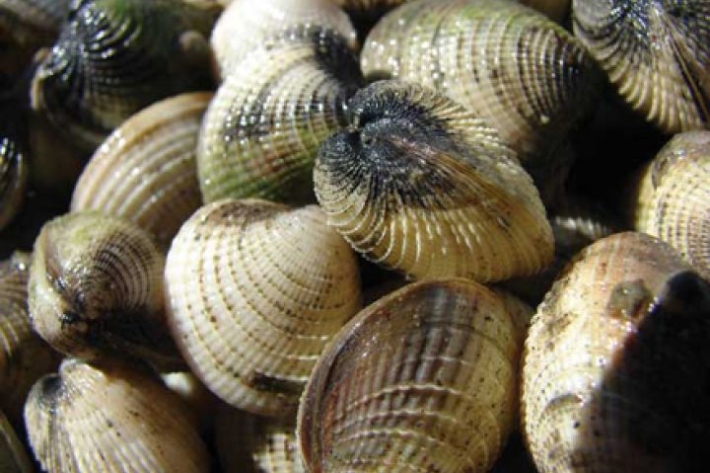
Estuarine Ecodiagnostics
Research ProjectEstuaries are highly valuable systems that provide enormous economic and cultural benefits to all kinds of people. However, expanding human populations and urban development around estuaries is increasing contaminant loads, with metals and polycyclic aromatic hydrocarbons (PAHs) accumulating in sediments. -

Ngā Waihotanga Iho - Iwi estuarine monitoring toolkit
Research ProjectNgā Waihotanga Iho, the estuarine monitoring toolkit for Iwi, has been developed to provide tangata whenua with tools to measure environmental changes in their estuaries. While Ngā Waihotanga Iho is based on sound science principles, it is also underpinned by tangata whenua values.

